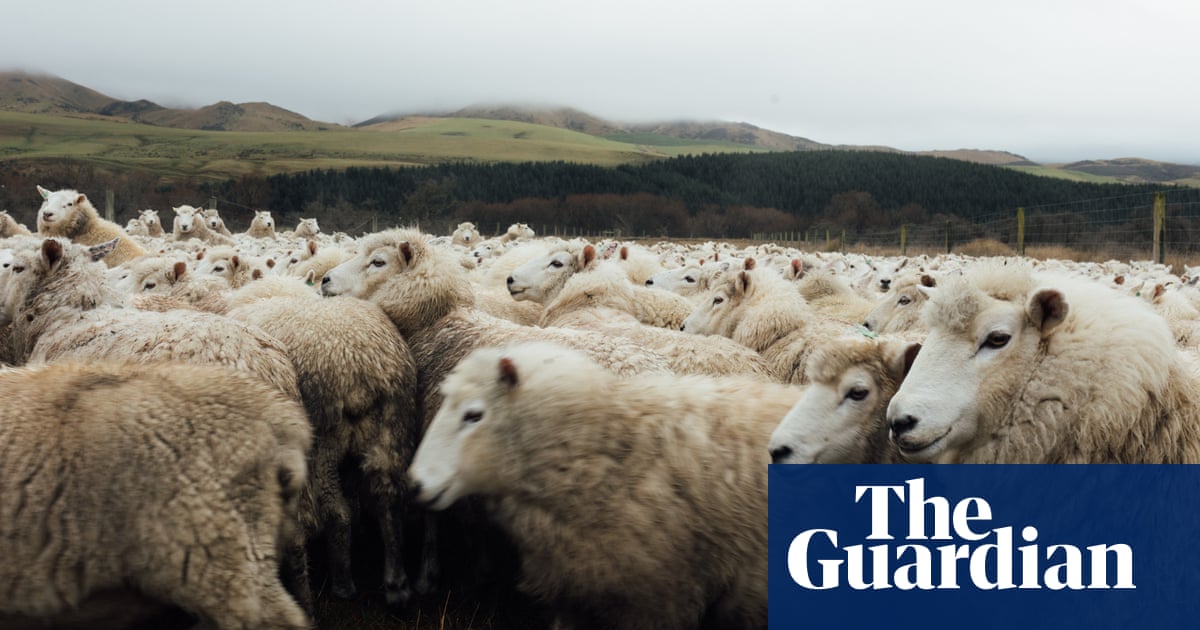Sheep numbers in sharp decline as farmers increasingly shift to forestry, fuelled by demand to earn carbon credits
Hope that lessons are learned from the experience of the East Coast. Forests are fine until they’re harvested, and then your hillsides crumble in rain and your roads with them, and your beaches are covered with slash…
The really perverse thing is there’s no intention to ever harvest it. If they did that they’d have to pay back the carbon credits. They plant it and leave it, gather carbon credits quickly for 40 years. The rate slows down to a trickle after that as the canopy is mature. There is really no plan after that. Source family in forestry.
Doesn’t the harvested timber lock up carbon though?
Yes if its buried or made into heirloom furniture. Much ends up as paper, boxing and framing for concrete construction and burnt. Very little truly locks it away long term, so the rules are that you count it as emissions at harvest time. If someone buys that and provably buries it at the bottom of a cave forever, they can claim the carbon credits again.
Anything that goes into the framing of a building would be pretty permanent, at least on a human time scale.
The problem is simply that the price of wool is so low, most farms cannot break even keeping sheep for wool. They are shifting away from wool in general, not just because of pine forestry.
Sheep farmers burn fleeces as wool prices slump
Tuesday June 27 2023, 12.01am BST, The Times
Sheep farmers are burning fleeces because it is too expensive to bring them to market, it has emerged, with Scottish ministers urged to live up to their green agenda and help reinvent the market.
Wool prices have been low since the 1990s, when the product traded at about £3 per kg, but during the past four years returns have reached crisis point for many producers.
An average price of £0.89 per kg at auction in 2019 fell to a total average return to producers of only £0.33 per kg, a drop exacerbated by the pandemic, which closed UK and international markets.
But campaigners say fleeces are versatile and could be repurposed, for example for house insulation, helping to play a role in Scottish ministers’ net-zero ambitions.
Then why are wool products so expensive to the consumer?
My uneducated guess is that the raw material is only a fraction of the processing, manufacturing and distribution costs.
I guess its more a question of what that fraction is versus cotton or synthetics, and then what the cost of processing is for wool vs cotton & synthetic.
Harvesting wool is done by hand, and takes probably 1.5-2.5 people per sheep (depending on how many shearers the rousey can work at once, how big the shed is, whether sorting & pressing is done by another person as well as someone in the yards) and that’s excluding the farmer. I would guess that automatically makes it more expensive as a raw product than alternatives.
I don’t know how total emissions stack up for wool vs synthetic production, but the article suggests that sustainability be used as a rationale for subsidies.
I guess you have to start weighing up impacts of higher stock numbers vs impacts of non-degradable plastic. What do carbon emissions of sheep farming look like compared to say cattle? Because subsidising wool would surely lead to an oversupply of sheep meat.
That’s probably a bit to do with where the wool spinning (for garments) ends up happening, then the dying, then the garment making.
The problem for farmers is its good for the sheep in different parts of the year to have the wool taken off, but some years the margins can be so tight you’re almost paying to have the sheep shorn, the whole process barely breaks even.
There’s been a bunch of genetics research into self-shedding sheep for that reason, the flip from the 80s is that sheep in NZ is about meat now (for the most part) not wool.
This is a real shame. Wool is a fantastic material.
Tragic. Why aren’t making low-cost wool clothing etc.?
The only thing I can think of is that the labor costs must be so much higher for processing and manufacturing woolen products vs synthetic, i.e. wool price must be a relatively factor of the total cost - otherwise there’s no explanation, although I don’t know the ecological equation between wool and synthetics. You’d think wool would be better for the environment to produce and consume though.
Anyone who can convert to dairy already probably has at this point. I guess pine is the next best thing.
I have a biased view but from what I see generally sheep farms do not make good dairy farms. Often the shift is to have sheep make up a smaller portion of sheep & beef farms.
That makes sense. Is it because of terrain?
Yes pretty much. I’m going to caveat that I’m not an expert, but my understanding is that steeper land has nutrient runoff, making the grass poorer quality. Cows making milk need a higher quality of grass than cattle grown for beef, because they are feeding themselves as well as making milk.
Beef cattle are often (if not mostly) run alongside sheep, as the sheep help tidy up the paddocks of the grass and other plants that the cattle won’t eat or can’t eat down low enough. I believe this is important because it helps break the lifecycle of some parasites that can make the cattle sick but don’t hurt the sheep, though again I stress I’m not the expert I just know some people with knowledge or both dairy and sheep/beef.
There’s also the whole energy use of cows going up & down hills and hills make it hard for supplemental feed during winter, and more difficult and damaging bringing the cows in & out of the paddocks every day.
Thanks for the explanation. Makes sense.
I’m not a farmer either but it has changed a lot in my lifetime.
Tbh I think we’ve gone kind of crazy with the amount of nutrients we’re putting in and the yields we expect from dairy. The environment can’t sustain it forever and it’s a strange thing to rely on for export given our location…
deleted by creator
It’s good I guess. Carbon capture and all that.
It’s not that great… Any kind of monoculture is laying waste to the surrounding area.
Aren’t paddocks even worse monoculture?
Only if you’re spraying to kill off the gorse, broom, ragwort & thistle ;)
Have you ever seen a paddock that isn’t just grass eaten to the nub?







